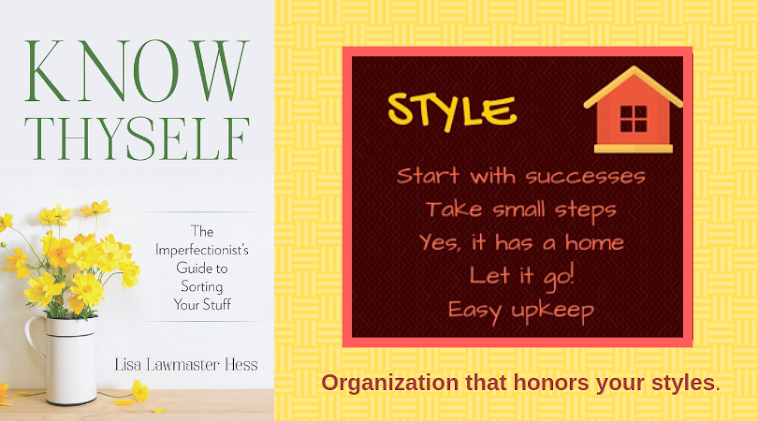 |
| Dodgerton Skillhause via Morguefile |
Ready to get started? Here are three key steps to revamping a drawer.
Assess the situation. I like to start by taking everything out of the drawer and literally cleaning the inside of the drawer itself, especially if it's in the kitchen or bathroom. This approach not only gives me a fresh start, but also works with my I need to see it personal style because it allows me to lay the contents of the drawer out so I can see everything that has found its way into this small space. Finally, I like to line the drawer with pretty paper (bedroom drawers) or shelf liner (kitchens and bathrooms). That extra step works as a motivator. If the drawer starts out looking nice, I'm more likely to make sure I keep it that way.
Sort your stuff. You knew this was coming, and probably know what I'm going to ask. Should everything you just took out of this drawer go back in? Once I've set the drawer's contents out on a flat surface, I sort them into categories so I can see what I have, what can be tossed, and what might need to be replaced. Again, this works for my I need to see it personal style and balances out the organizational styles (drop and run for me and I know I put it somewhere for my husband) that got that mystery thing into the drawer in the first place. The key question here will be, "is this the best location for this item?" When considering location, think about ease of access, similarity, and proximity. In other words, is this item easy to get to, stored with similar things and stored close to where it's used most often?
Divide and conquer. I'm a huge fan of the drawer divider. My favorite is the one in my office that is molded plastic and not fits perfectly into the drawer, but is also well-configured for the things that go into it. But, since it's not possible to find the right fit and the right configuration for every drawer, I also sometimes fashion my own. Small plastic containers (I like the ones that are rectangular and about the right size for a pile of forks or spoons), gift boxes (can be cut to fit the space) or even the in/out boxes that stack (used individually and unstacked unless you have a really deep drawer) are all good drawer divider components. Dividing the drawer makes it easy to see where everything belongs (especially important when multiple family members are using the same drawer) and, best of all, to see everything in the drawer so you can easily find what you need every time you open it.
 |
| Drawer divider tools: wooden in-box, small plastic bins nested inside a larger rectangular bin, and paper drinking cups. Odd, but it works. |
Whether you're finally attacking an overstuffed junk drawer or spending twenty minutes on a quick
home office improvement, cleaning out a drawer is one of those tasks that can offer an excellent return on investment, even when the time you have to invest is limited.












